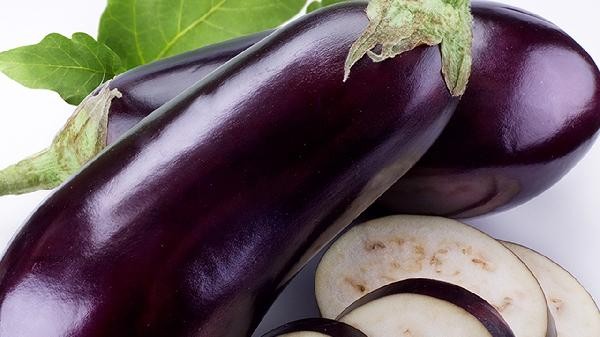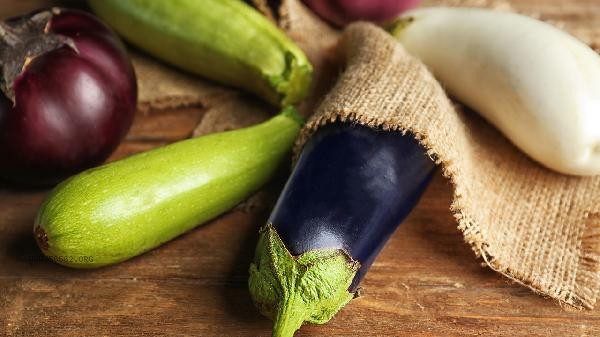To make braised eggplant delicious, the key lies in the pre-treatment and seasoning techniques of the eggplant. There are five key points to consider: careful selection of materials, astringency treatment, control of heat, sauce blending, and ingredient matching.

1. Material selection is important
Choose purple skinned long eggplants with smooth and shiny skin and heavy texture, which have tender flesh and fewer seeds. Avoid choosing eggplants with wrinkled or spotted skin, as these eggplants typically have rough fibers. Eggplants that are available in summer have sufficient moisture and are more suitable for braised cooking. When purchasing, you can lightly press the stem of the eggplant to make it more elastic and fresh.
2. De astringency treatment
After cutting eggplant, soak it in salt water for 10 minutes to prevent oxidation and blackening, as well as remove astringency. After draining the water, kitchen paper can be used to absorb surface water droplets, which makes it less likely to absorb oil during frying. The traditional method is to steam eggplant for 5 minutes before firing it, which can maintain its shape intact. If you pursue a low oil version, you can use the oil-free dry frying method to stir fry the eggplant until it is slightly charred.
III. Heat Control
When frying eggplants, use medium heat to fry both sides until golden brown and lock in moisture. During the firing stage, reduce the heat and simmer slowly for 15 minutes to allow the eggplant to fully absorb the broth. Avoid excessive heat throughout the entire process, as it can easily lead to sticking on the outside and hardening on the inside. Using a clay pot for stewing is more conducive to maintaining a uniform temperature, and when turning on high heat to collect the juice, keep turning it over to prevent it from sticking to the bottom.

4. Sauce Preparation
The basic sauce is made by mixing light soy sauce, dark soy sauce, and sugar in a ratio of 3:1:2, and a small amount of oyster sauce can be added for freshness. If you like spicy flavors, you can add Douban sauce. In northern regions, soybean sauce is often added to the recipe. It is recommended to add sugar in two portions, first with the seasoning and then add a small amount to enhance brightness before removing the sauce. Finally, pouring a little vinegar or Sichuan pepper oil can enhance the flavor level.
Fifth, ingredient combination
The classic combination is minced garlic, green and red peppers, and pork belly slices. The pork belly slices are first stir fried to release oil and then burned to make them more fragrant. The vegetarian version can include ingredients such as shiitake mushrooms and tofu pudding. Sprinkle chopped scallions or cilantro before cooking to enhance color, and after cooling, the flavor will blend better when consumed. If you want to enhance the taste, you can add fried peanuts or pine nuts.

When cooking braised eggplants, be careful to eat them freshly as they may lose their flavor when reheated. The remaining soup can be mixed with noodles or dipped in Mantou. It is recommended to pair with green leafy vegetables for daily consumption to balance nutrition. People with spleen and stomach deficiency and cold should not consume excessively. According to seasonal changes, it can be made into a chilled cold salad version in summer, and ginger slices can be added to drive away the cold in winter. By mastering these techniques, one can create home cooked delicacies that are salty, savory, soft, and flavorful.








Comments (0)
Leave a Comment
No comments yet
Be the first to share your thoughts!